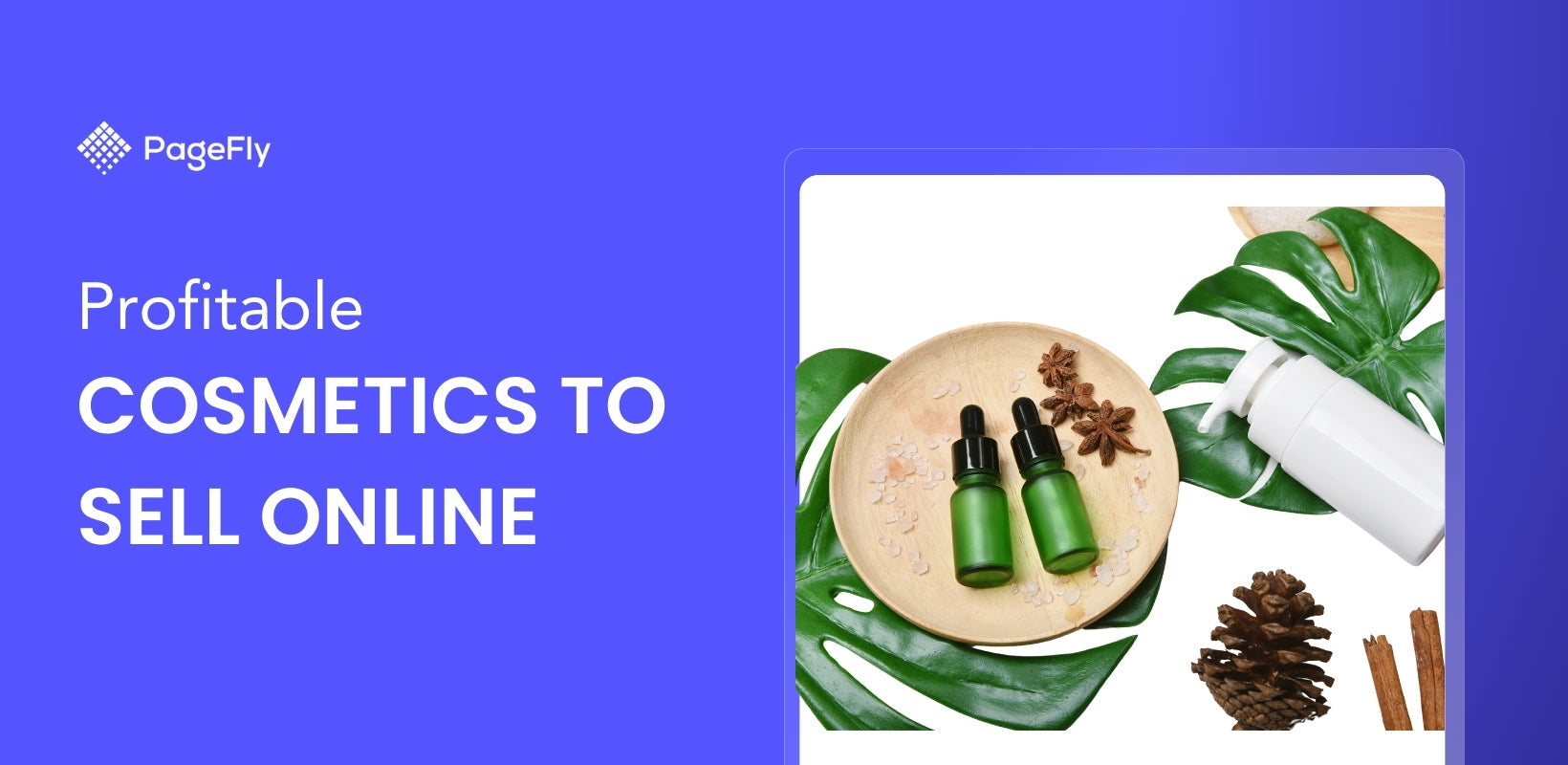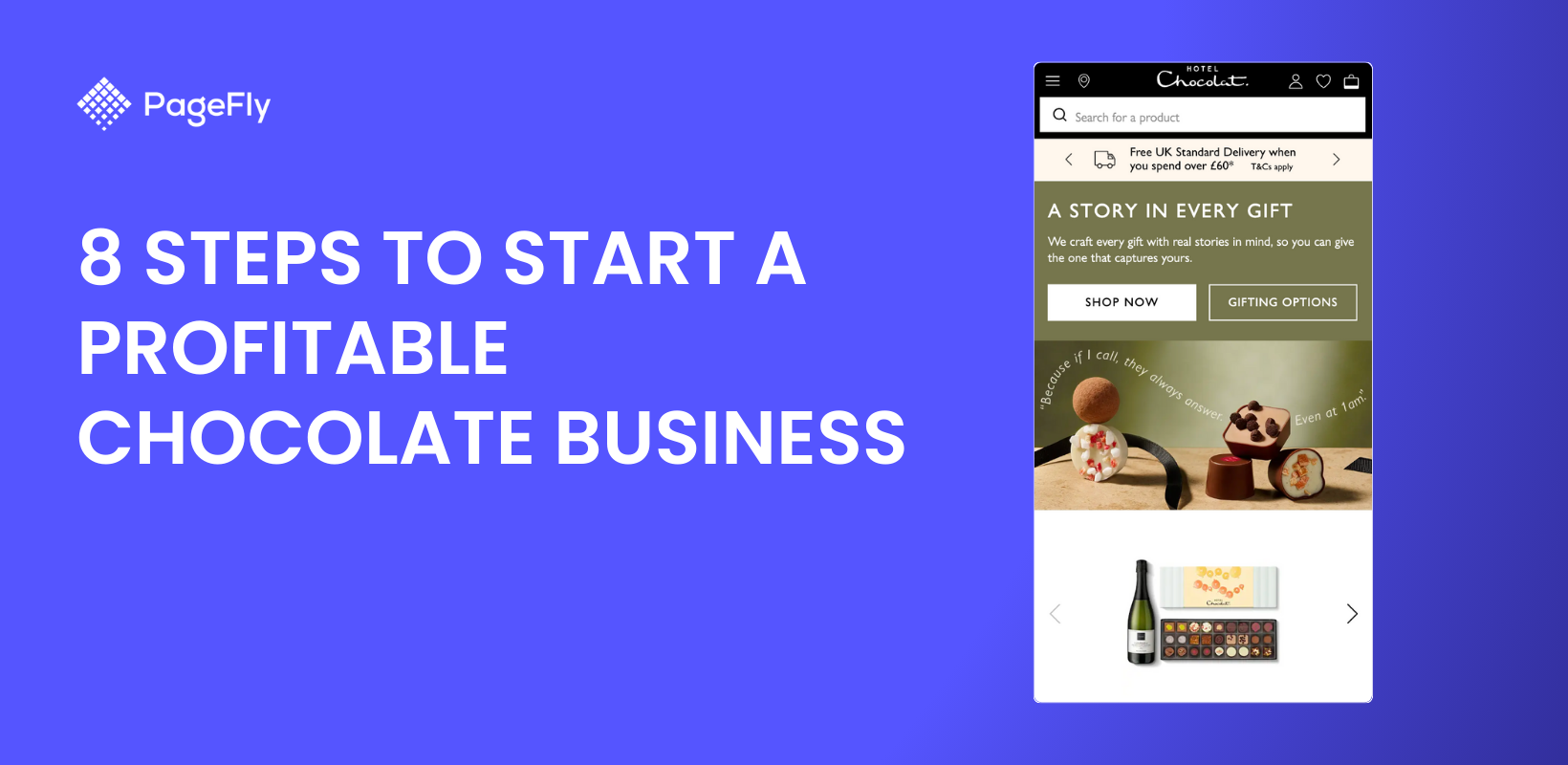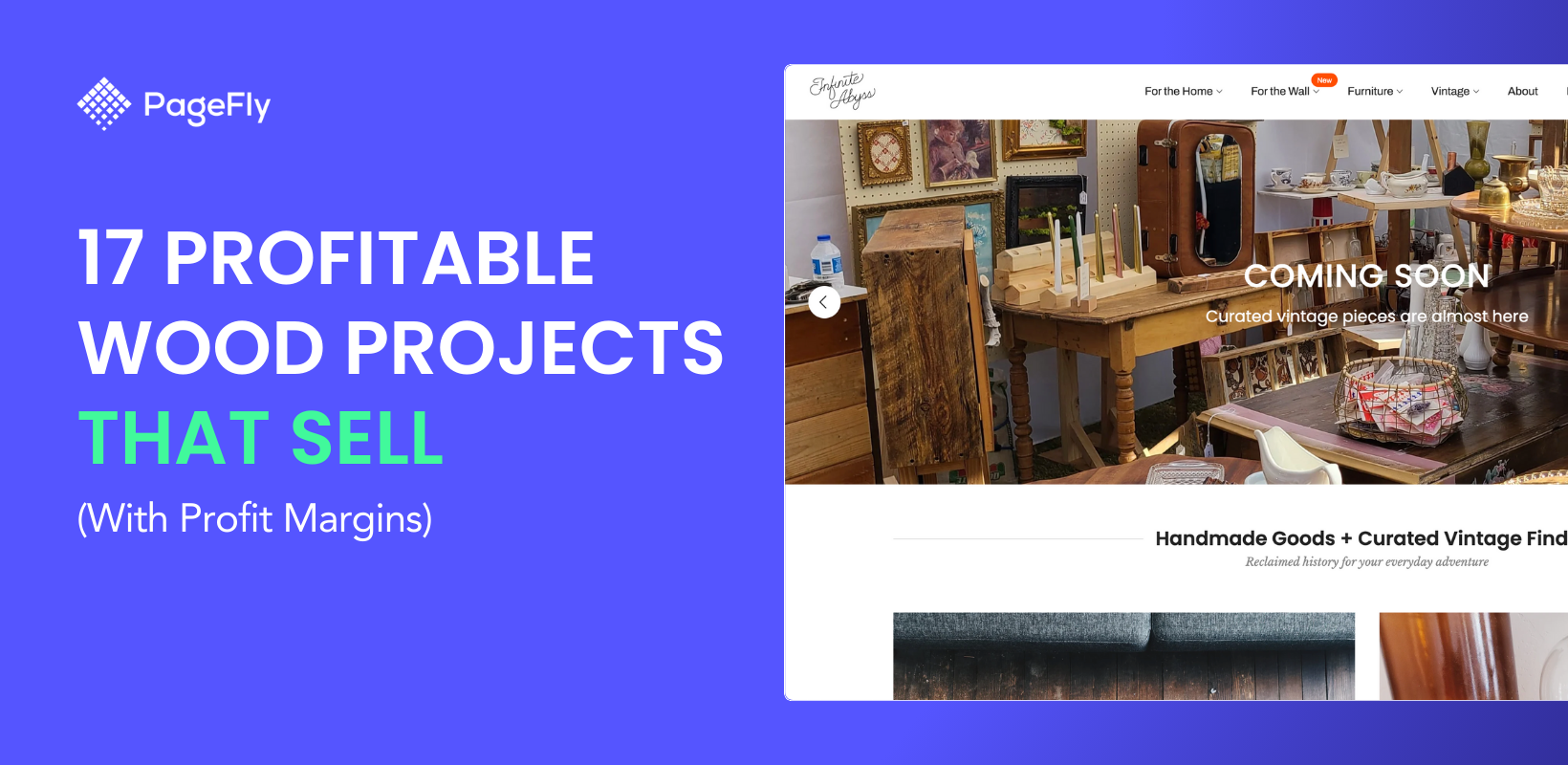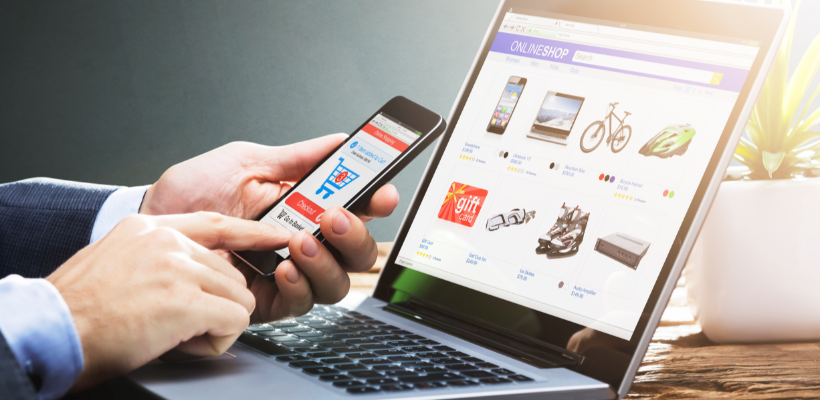Every business website needs a landing page. It’s the holy grail of organic (and paid) conversions.
Let’s say you have a landing page, you have a great offer to share, and you’re ready to get started. But before you dive into the nitty-gritty of landing page SEO, there are some best practices that can help you optimize your landing page for search engines right off the bat.
First and foremost, it’s important to note that SEO is not a one-size-fits-all strategy. The tactics and strategies that work for one website might not work for another. And while there are plenty of resources out there with tried-and-true strategies, it’s always smart to stay up to date on best practices so that you know what’s working in your industry — or if something has changed over time.
I. What Is Search Engine Optimization (SEO) And Landing Page Optimization?
Did you know that over 53% of a website’s traffic comes from organic search?
SEO optimization is the process of altering your website in order to increase its value to online search engine crawlers and put it at a higher ranking on search engine result pages (SERPs).
There are two main types of search engine optimization: on-page SEO and off-page SEO.
On-page SEO refers to all the ways you can optimize your own website while off-page SEO refers to all the ways that others can help you with your ranking, such as linking to you or mentioning you in their content. Both are important aspects of a successful SEO strategy.
Search engine optimization (SEO) is one of the most important things to do when building a website. SEO can help drive search traffic to your website, build brand awareness, and increase conversions. A good SEO strategy can help you get more relevant traffic from search engines like Google and Bing, which means more leads for your business!

Landing page SEO is an often overlooked part of the process. Landing pages play an integral role in search engine rankings and converting visitors.
For example, if someone types "buy shoes" into Google, a search engine results page (SERP) will show millions of results related to shoe sales and prices. And if they click on the link for shoes on your site and then land on one particular site, that's considered a landing page.
Landing pages are the online equivalent of doorways. They are designed to get visitors in and then route them to other marketing channels. Landing pages focus on a singular offer and are used to optimize conversion rates through persuasion and are usually distraction-free directing the user toward a primary goal.
These conversion rate optimization principles go hand-in-hand with SEO.
We'll learn what landing page optimization means, what you need to know about landing page SEO, and how to optimize them so they look good and lead more people to finish the checkout process.

II. Why Is SEO Important For Your Landing Page?
Landing pages are typically used as entry points into your website and as calls-to-action that entice visitors to do something — such as contact you or sign up for a free trial. The purpose of a landing page is to entice visitors to take action that benefits your business.
When a user clicks on a search result from Google or another search engine, they'll be taken to a page that's relevant to their query but not necessarily your homepage. This page is known as a landing page or destination page — it's where users end up after clicking on an organic link in the SERPs (Search Engine Results Page).
If the goal of your website is to get leads and sales, then you need to have an optimized landing page. This is true whether you're using paid advertising or not, although it will be especially important if you're relying on pay-per-click advertising as a major part of your marketing strategy.
The truth is, that your landing page SEO can make or break the success of your entire conversion rate optimization plan. That’s why it’s so important to make sure your landing pages are optimized properly from the start. Great landing page SEO can help increase your conversion rate, lower your cost per click (CPC) and cost per acquisition (CPA), and increase your ROI.
Also read: Landing Page vs Website - Key Differences, Illustrated with Examples

III. SEO Landing Page Best Practices And Tips
So, you've got a landing page designed, and now you want to know how to optimize it for search engines.
Good landing pages should answer the user's questions, address their pain points, give them confidence in your brand and product, and provide everything they need to take action.
And so, creating landing pages can be very tricky. There is no one landing page and landing page SEO solution template that will work for everyone! The design, copywriting, layout, and other elements come together to form one cohesive unit that should achieve its goal — getting people to convert.

The reason we made this guide was that so many people kept asking us how they could do it best. So here you go! And we’re sure, once you read through it, you'll have some good ideas on how to improve your landing pages, and how to make them more search-engine friendly.
01. Know your audience
Before you create your landing pages, make sure that you know who you're targeting. If you don't have an idea of what they want, need, or even their search intent, then how can you provide it?
02. Have a keyword strategy in place
You need relevant target keywords so people find your content via search engines. However, if you overuse keywords on your landing pages it may look spammy and make users click away from your site instead of converting into leads or customers.
The best way to do this is by using them naturally within the content of your landing page — this will keep the flow of your copy natural while also increasing its relevance in search engine results pages (SERPs).
03. Pay attention to the URL used
One of the first things you should do when optimizing your site is to change your default URL structure to something more descriptive and keyword-rich.
For example, if your company sells shoes, a good URL would be something like: http://www.shoecompany.com/men/running-shoes/. This tells Google that these are running shoes for men, which makes sense given their content and title tag.

04. Create great content along with images and videos
Some people think that writing great content is only important for a blog post or long-form article. But this isn’t true at all – great content matters in every format, including short-form marketing pieces like landing pages.
The content of your landing page should be focused on what people are searching for (i.e., the targeted keywords they type into Google) rather than what you want them to see on the page.
That means using keywords as often as possible without making the text too long or boring for users who aren't interested in reading everything on the page (or even trying).
The content above the fold (or the visible portion of a web page without having to scroll) is critical for capturing a user’s attention. It should be designed in such a way that it compels visitors to read it. If it doesn’t, then they will likely leave your site as soon as possible.
In order to ensure that your content above the fold is engaging, you should answer all of your visitor’s questions before they even ask them! So provide them with information about your product or service that answers their questions before they even think to ask them.
Nevertheless, your content doesn’t have to be all words and no visuals to it. We belong to an era that is obsessed with visuals, so why leave your landing page SEO strategy out of it?
Here are some numbers you should check out:
- On average, landing pages in the top 10 Google results contain over 2,000 words.
- Content combined with pictures has an 80% greater chance of being read.
- Conversions increase by 86% when a video is present on landing pages.

05. Make your content shareable
Include social sharing buttons so that visitors can share content with their networks via social media sites like Facebook, Twitter, and LinkedIn. These buttons will also increase organic traffic to your website by driving referral traffic from other websites (when someone clicks one of these buttons).
06. Update your content
Updating a website with fresh content can increase its organic search traffic by 111.3%.
You cannot create landing pages and expect them to do the needful for years, months, or even days in the end. Search engines prioritize web content that is up-to-date.
07. Optimize your page title tag and meta descriptions
Choose an appropriate page title tag and meta description tag for each page on your website that has one or more calls-to-action (CTAs). These two pieces of metadata help Google determine what a particular piece of content is about and whether or not it's relevant for users searching for a particular term or phrase
Additionally, your page title tag should be between 70-80 characters long, but try to keep it under 60 characters if possible. Google has a character counter built into their search results pages so you can easily see how many characters are left in your page title tag.
08. Make sure your images have alt text
Optimizing your image SEO is also equally important. And one aspect of it is alt-text.
Alt-text is a snippet of text that describes what’s in an image.
It's important to have alt text on all of your images so that search engines know what they're about. If possible, go ahead and use descriptive phrases in addition to the file name.
For example, if you have an image of a car on your homepage, use something like "2018 BMW X5" as the alt text instead of just "Car".
The Alt attribute of an image is important because it gives search engines a better understanding of what's in that image. It's also important for helping people with visual impairments understand what's going on in the content of your landing page.


09. Optimize your internal linking structure
Internal links are hyperlinks within a website that point to other pages on the same site. They can be found in navigation bars, footers, sidebars, and other places where visitors might look for links. These links enable users to navigate from one page to another across different sections of the same website or blog without having to leave the site.
Internal linking helps Google better understand your content and build an index with related pages grouped together in clusters based on topic and theme. This makes it easier for users to find what they’re looking for when they click through search results or social media posts without leaving your site — which helps boost engagement rates!

10. Pay attention to your Call To Action (CTA)
Your landing doesn’t have to just include one CTA that directs the user towards checkout. Instead, consider adding other CTAs like getting them to subscribe to a newsletter, for instance.
Did you know that the average bounce rate of a web page is as high as 48%?
These extra options will help you reduce your site’s bounce rates, which is great to boost your landing page SEO.
However, you also need to ensure that you don’t overdo it. Adding too many CTAs can disrupt the UX of your site and you don’t want to do that either. Because ultimately, just driving shouldn’t be the goal - conversion should. Personalized CTAs convert up to 202% better.
So, you need to find the balance between what works for both the algorithm and the actual people behind screens.
11. The number of input fields on your landing page matters
Be careful with how many form fields you have on your landing page. Your goal is to get people to fill out the form so that they can download the content or sign up for an account. If there are too many form fields on the page, they might become overwhelmed and leave without taking action.
This means a higher bounce rate which is going to adversely affect your landing page ranking. To combat this, you need to analyze your site performance, check the bounce rate, and reduce any input fields, if possible, to get the best results for your website.
12. Ensure your landing page is responsive and mobile-friendly
If you want your landing page to rank higher in search engines, it must be responsive and mobile-friendly. This is because search engines like Google prioritize responsive web design.
The easiest way to test if your landing page is responsive is by using Google's Mobile-Friendly Test. You will know if your page is mobile-friendly only after you've tested it.
Also read: Create High Converting Mobile Landing Page With These 7 Tips

13. Build backlinks
One of the most important aspects of SEO is backlinks, but not all backlinks are created equal. You want to build a wide variety of high-quality links to your landing page, which will help boost its authority and increase organic traffic.
Here are some strategies for building backlinks that can help you achieve this goal:
1. Create content that other people want to link to. The best way to do this is by creating unique and valuable content that adds value to your visitors. This can include blog posts, infographics, and more. If you’re having trouble coming up with ideas for new content, try using a tool like BuzzSumo or Google Trends to find hot topics in your industry.
2. Guest post on other sites related to your target audience. If you write great content, chances are there are websites out there that would be happy to publish it on their site (and even pay you!). Do some research into these types of sites and reach out directly with a pitch or guest post idea – just make sure it’s relevant!
14. Track your page’s performance
When it comes to your landing pages, the most important thing you can do is track your performance. That way, you’ll know what works and what doesn’t. Remember, optimizing a webpage is always an ongoing process.
Google Analytics can be used to track the behavior of visitors to your website. It provides data on your traffic sources (where people are coming from), devices used, time on site, bounce rate, and more. These statistics can be used to determine what parts of your website are working well and which ones need improvement.
You can also use Google Tag Manager to track specific events from your website such as when someone clicks on a CTA button or registers for an email list. You can then use this data to determine what content is working best for visitors and what they want next.
15. Track, monitor, and optimize page speed
The speed of your landing pages is a huge factor in how Google will rank them. Your page speed is important because Google has confirmed that it uses site load times as a ranking signal. The faster sites tend to have higher click-through rates on their SERPs and receive more engagement from visitors.

So how can you tell if your site is loading too slowly? You can use tools like Google's PageSpeed Insights to run an audit on your site and see where you need improvement.
Build Landing Pages For SEO Today!
There you have it – a complete guide to everything you need to know about landing page SEO. Armed with this information, you'll be able to create effective, optimized landing page content that will help boost your conversion rate and website traffic.
To wrap up, it's important to note that there are many landing page optimization techniques, and the majority of them won't result in a penalty. However, if you notice that your landing pages aren't ranking as well as they once were, or if you don't see any traffic at all after creating a new page, then it could be worth investigating your methods further and making some modifications.
Remember, the most important aspect of an effective landing page is not just about how pretty it looks, but how effective it is at drawing in the people it is intended for.
Furthermore, if the landing page is useful, visitors are more likely to see it as a helpful resource, rather than a mere advertisement. And if they're drawn in by the value of what they're receiving and choose to engage with your brand, they'll be much more likely to become loyal customers happy to shell out their hard-earned cash.
A well-optimized landing page is an essential component of a successful search engine optimization campaign.
Optimizing your landing pages is not a project you want to take on lightly or rush through. A crucial part of your SEO strategy, these pages need care and attention. Luckily, you don't need to be a technical expert to make the most out of this type of optimization - a bit of careful planning and consideration can go a long way.
And with simple tools like PageFly, building an effective landing page for your Shopify store has never been easier! Explore PageFly today.
Also read: Top High-Converting Landing Pages Built With PageFly





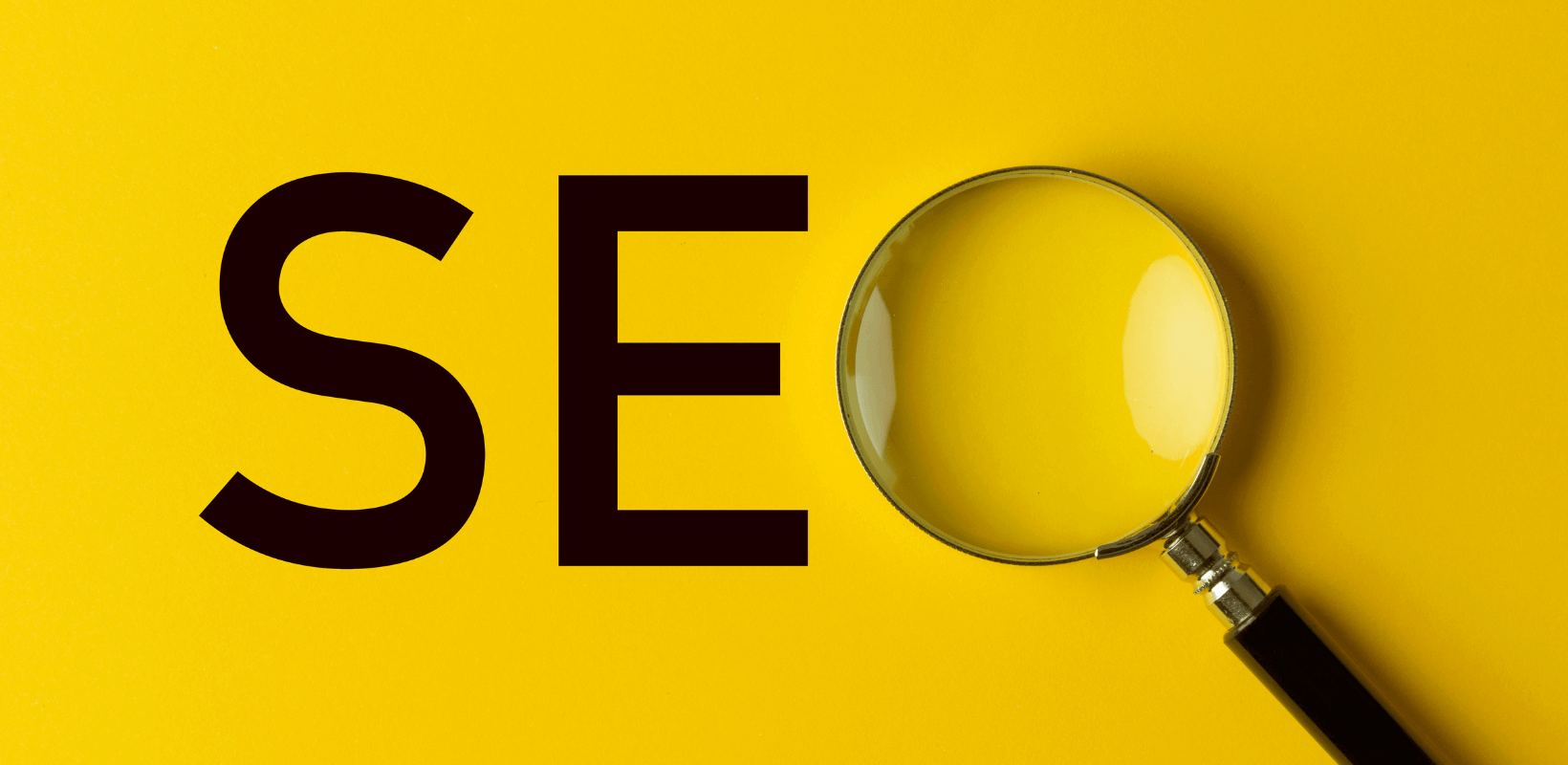

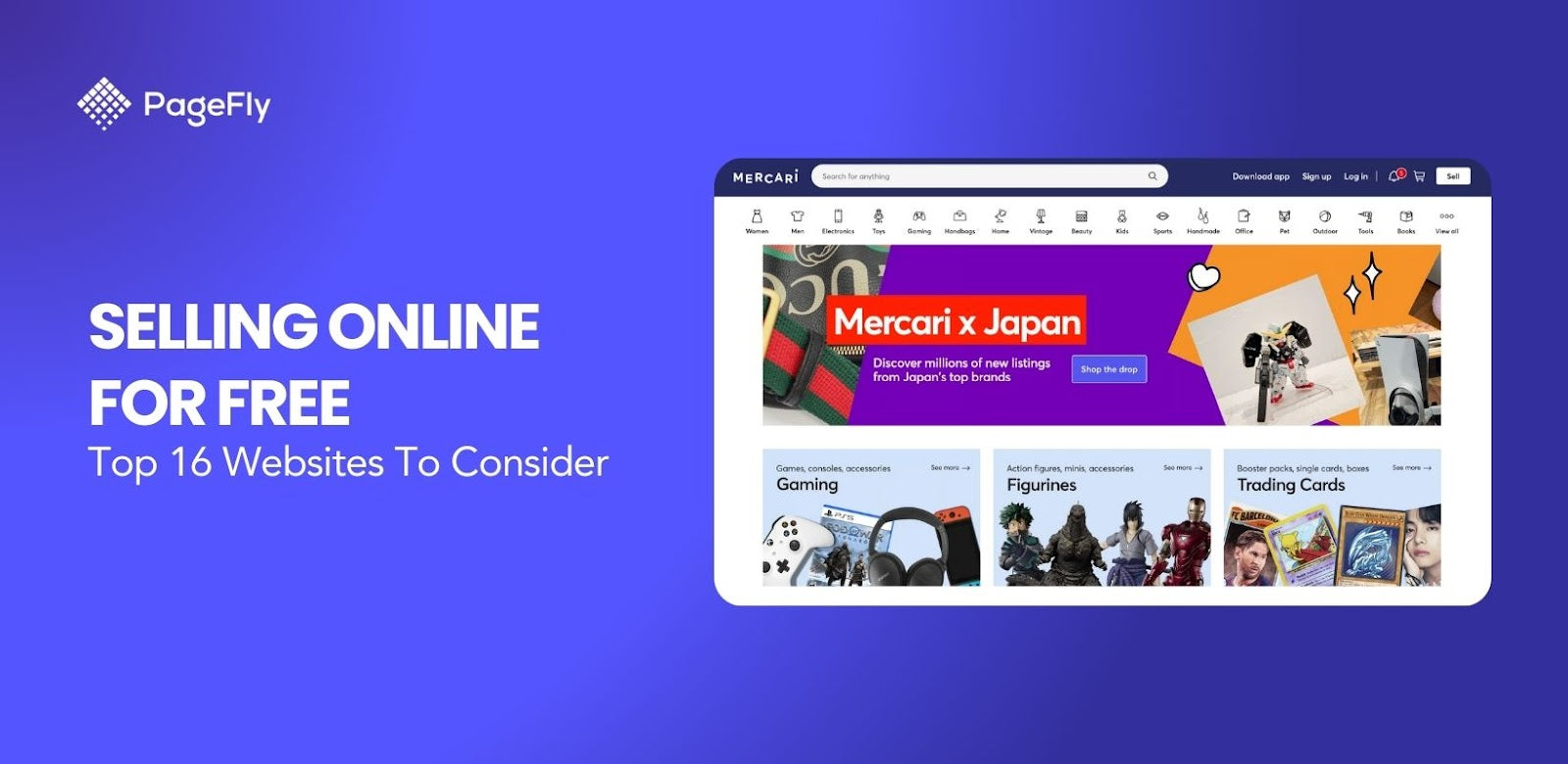
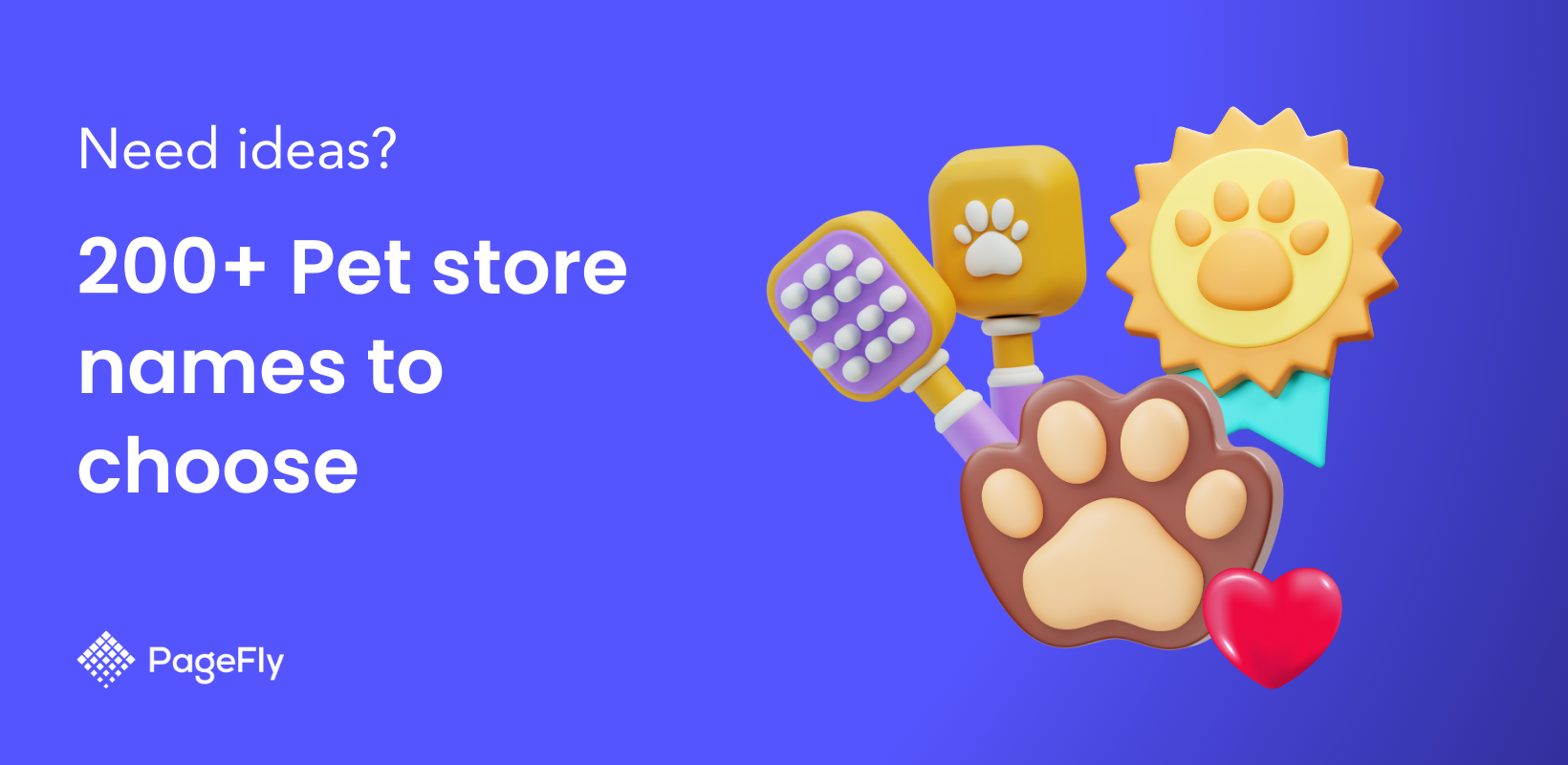
![14 Profitable Small Food Business Ideas for 2025 [Real Numbers]](http://pagefly.io/cdn/shop/articles/1_58b587d2-13db-4aa6-8c19-e40f5c88d3eb.jpg?v=1758255771&width=4460)
![Art Business Names: 350+ Ideas + Free Generator [2025 Updated]](http://pagefly.io/cdn/shop/articles/art_business_name_e94a54e9-d325-4ba3-94ab-7b4297952312.png?v=1760062968&width=1640)
